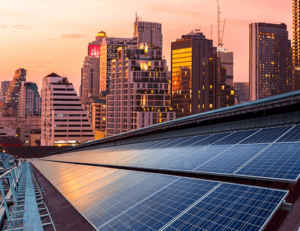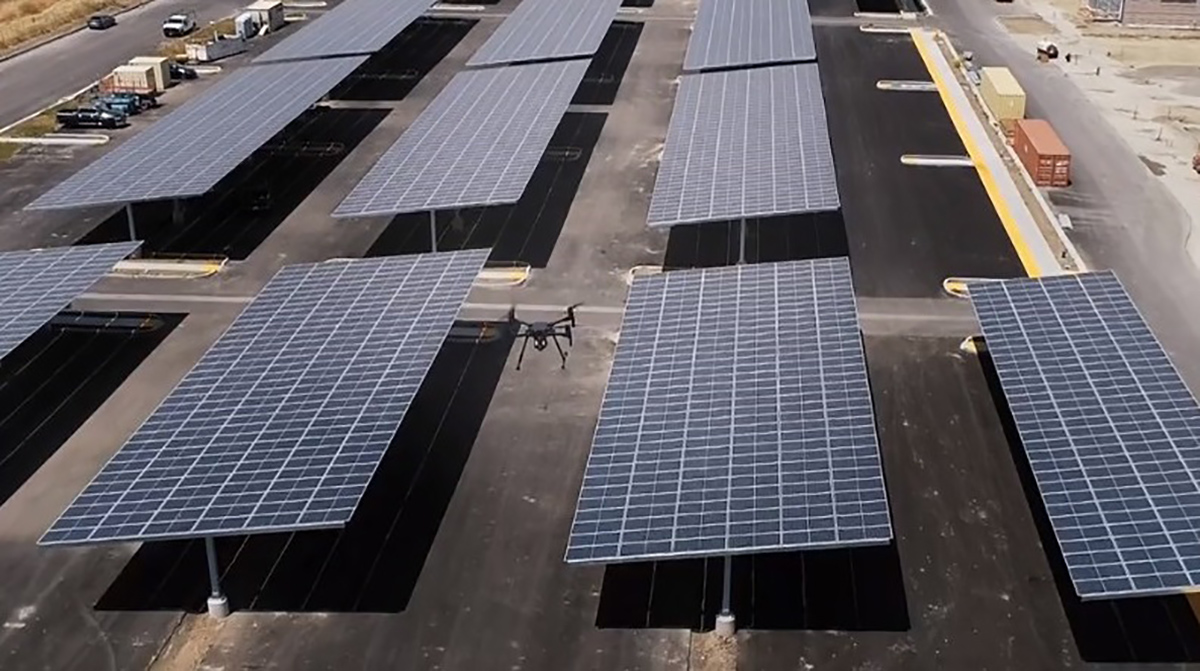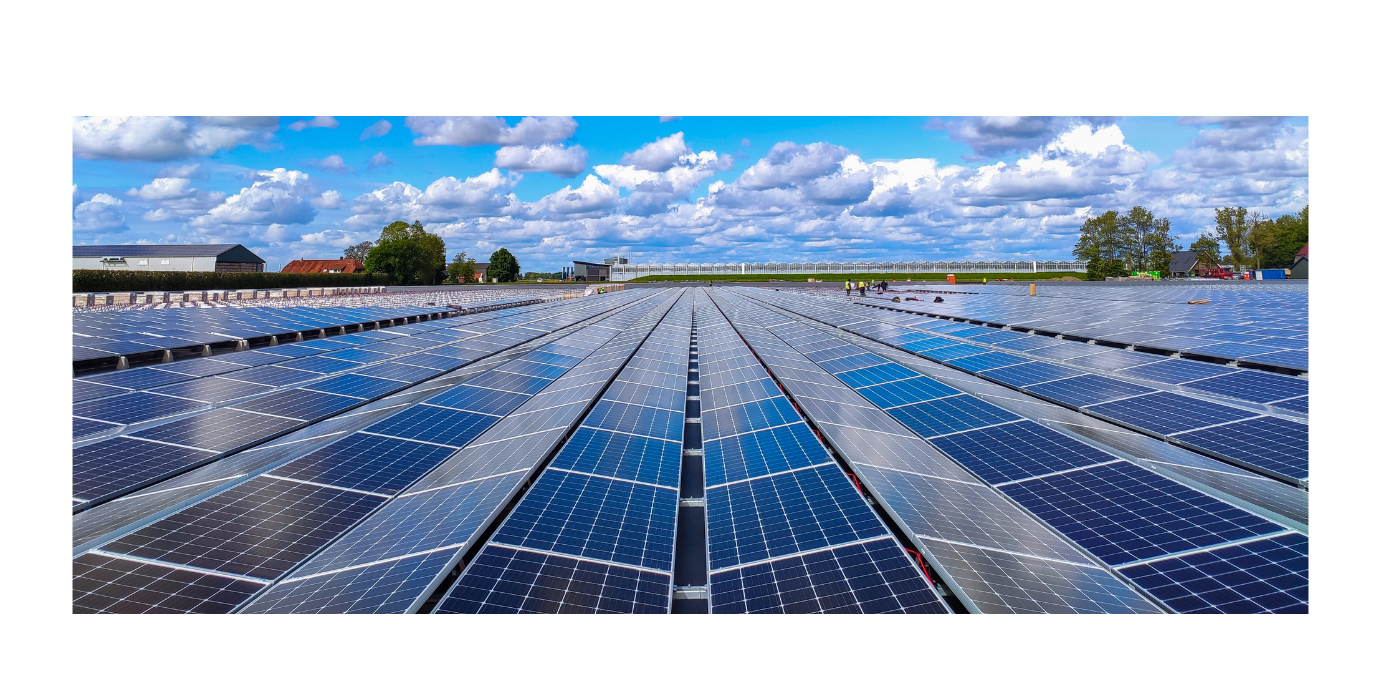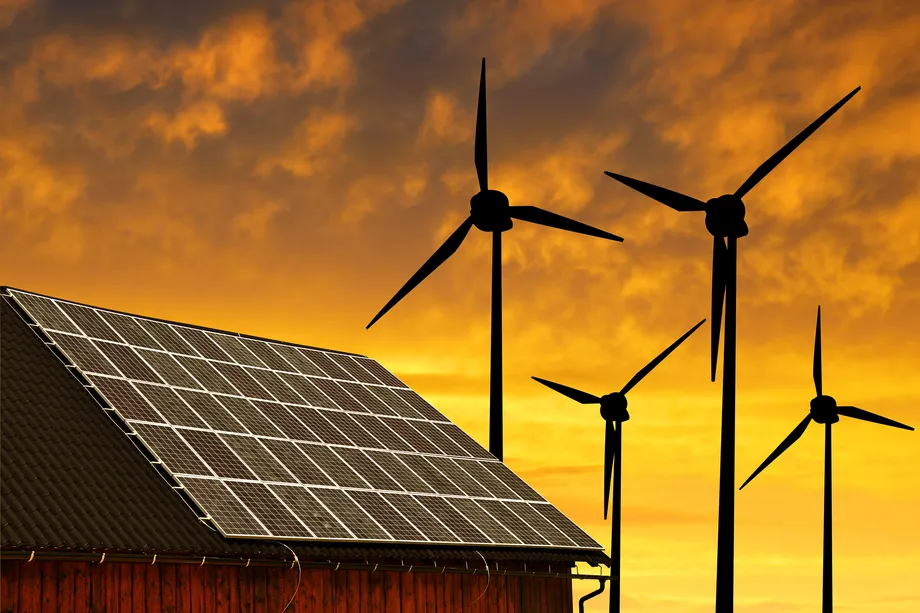The year 2024 marks a significant shift in how we perceive drone technology, particularly with the emergence of solar-powered drones. These drones are not only a testament to the rapid advancement of technology but also a symbol of the growing emphasis on sustainability. As industries seek greener solutions, solar-powered drones are at the forefront, reshaping the landscape of aerial surveillance and delivery. This blog explores how these innovative drones are revolutionizing both sectors, setting the stage for a more efficient and eco-friendly future.
The Rise of Solar-Powered Drones
The concept of solar-powered drones has been gaining momentum in recent years. With their ability to harness solar energy, these drones are designed to operate for extended periods, reducing the need for frequent recharging. This not only enhances their operational efficiency but also makes them ideal for applications in remote areas where traditional power sources are scarce.
In 2024, the adoption of solar-powered drones has accelerated, driven by advancements in solar panel technology and energy storage systems. Companies across various industries are now integrating these drones into their operations, recognizing the potential benefits they offer. From surveillance to delivery, solar-powered drones are proving to be a game-changer, providing a sustainable solution that aligns with the global push towards renewable energy.

Solar-Powered Drones in Aerial Surveillance
Aerial surveillance has long been a critical component of various industries, including agriculture, construction, and security. However, traditional drones have limitations, primarily due to their reliance on battery power. This is where solar-powered drones come into play. By harnessing the sun’s energy, these drones can stay airborne for longer periods, covering larger areas without the need for frequent landings.
Solar-powered drones are particularly valuable in environmental monitoring and disaster management. For instance, they can be deployed to track wildlife, monitor deforestation, or assess the impact of natural disasters. The extended flight time of solar-powered drones allows for more comprehensive data collection, leading to better decision-making and more effective interventions.
Enhancing Delivery Systems
The delivery industry has also seen a significant transformation with the introduction of solar-powered drones. As e-commerce continues to grow, the demand for efficient and eco-friendly delivery solutions is on the rise. Solar-powered drones offer a viable solution, enabling companies to reduce their carbon footprint while improving delivery times.
In 2024, we are witnessing the integration of solar-powered drones into last-mile delivery systems. These drones are capable of delivering packages to remote locations without the need for extensive infrastructure. By utilizing solar energy, they can operate autonomously, reducing the reliance on traditional delivery vehicles and minimizing emissions. As a result, solar-powered drones are not only enhancing the efficiency of delivery systems but also contributing to a more sustainable future.

Overcoming Challenges in Solar-Powered Drone Technology
While the potential of solar-powered drones is undeniable, there are still challenges that need to be addressed. One of the primary concerns is the efficiency of solar panels, particularly in areas with limited sunlight. Additionally, energy storage remains a critical issue, as drones need to store enough energy to operate during periods of low sunlight or at night.
However, ongoing research and development efforts are focused on overcoming these challenges. Advances in solar panel technology, such as the development of more efficient and lightweight materials, are helping to improve the performance of solar drones. Furthermore, innovations in battery technology are enabling drones to store more energy, ensuring continuous operation even in less-than-ideal conditions.
The Future of Solar-Powered Drones in 2024 and Beyond
As we move further into 2024, the future of solar-powered drones looks promising. With continued advancements in technology, these drones are expected to become even more efficient, making them a viable option for a wide range of applications. From enhancing aerial surveillance to revolutionizing delivery systems, solar drones are poised to play a significant role in shaping the future of various industries.
In addition to their operational benefits, solar-powered drones are also contributing to the broader goal of sustainability. By reducing reliance on fossil fuels and minimizing emissions, these drones are helping to create a greener future. As more industries embrace this technology, we can expect to see a continued shift towards more sustainable practices, driven by the adoption of solar drones.
Conclusion
In conclusion, solar-powered drones are revolutionizing the fields of aerial surveillance and delivery in 2024. Their ability to operate for extended periods, coupled with their sustainability benefits, makes them a valuable asset across various industries. While challenges remain, ongoing advancements in technology are paving the way for the wider adoption of solar drones. As we look to the future, these drones will undoubtedly play a crucial role in driving innovation and sustainability, reshaping the way we approach surveillance and delivery.







